Last year, calf prices were a huge bone of contention, with dozens of people contacting us weekly lamenting the price of suck calves.
While we are yet to see the hugely inflated prices that we saw in 2017, there is a long way to go in the spring calving season.
It is worth revisiting last year’s budget and having a good handle on the costs that are involved in getting a runner calf to beef. With fodder prices inflated around the country, we have factored these in to our budget relative to last year’s results.
Our example is a theoretical 15ha dry farm, running a complete calf-to-beef system – testing both pure dairy and Angus-cross dairy bullock-producing systems.
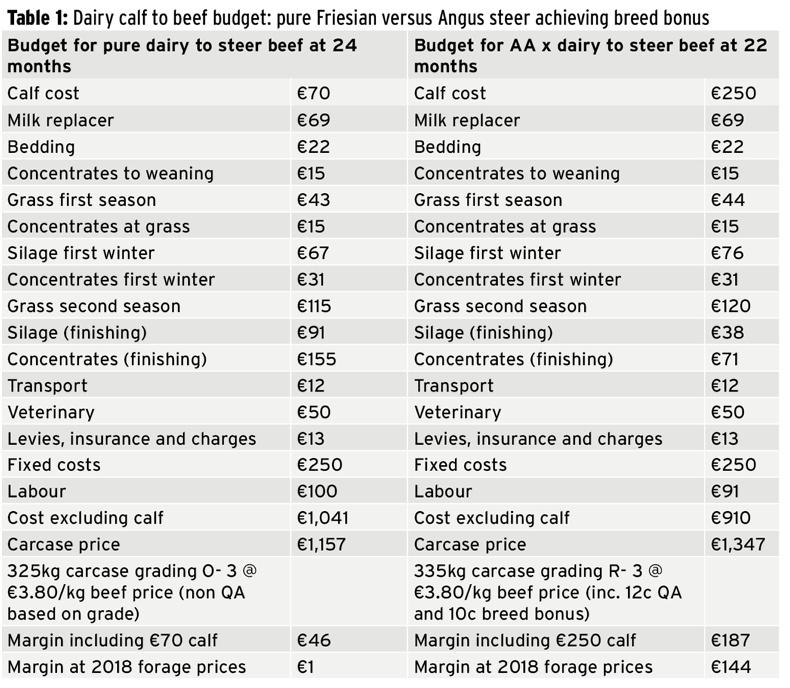
The pure dairy calf farm is stocked at 170kg organic N/ha, while the Angus farm is at 156kg organic N/ha. Land and slurry charges are included in fixed costs.
The performance targets here are high, but based on a quality animal and impeccable management from start to finish.
In this instance, two-week-old Friesian and Angus bull calves are bought for €70 and €250 respectively.
The systems
In the first grazing season, calves are turned out full-time following rearing in early May at 95kg for approximately 189 days into mid-November.
Grass is costed at 7c/kg DM. Concentrates (€260/t, 16% protein) are fed for three weeks post-turnout and also pre-housing for acclimatisation purposes.
Daily weight gain in season one is 0.9kg.
During the winter, calves grow at a rate of 0.55kg daily on 70% DMD silage (22% DM, bought in @ €28/t) and 1kg of concentrate (same as above) for 120 days.
Here it is assumed that animals can turn in mid-March, given their small size. Taking into account a gut-fill lost post-turnout, animals will grow at 0.9kg daily for 210 days until mid-October at pasture. Veterinary cost includes pneumonia and clostridial vaccines as well as two worm and one fluke dose annually.
They will then return to the house for finishing on silage and 5.5kg of concentrate (€235/kg, basic finisher) and achieve 1.1kg daily weight gain for 120 days up to their second birthday in mid-February, reaching a slaughter weight of 628kg and subsequent carcase weight of 325kg.
Assuming a beef price of €3.80/kg and an O- 3 grade, the carcase would be subject QPS deductions of €0.24/kg and not achieve quality assurance.
Transport cost includes movement to and from farm.
The Angus mirrors the Friesian system in terms of management. Given this type of animal’s increased tendency to lay down fat and slightly better growth potential versus the Friesian, they will be adequately fleshed approximately 60 days sooner at a heavier carcase weight.
The carcase price commanded here assumes an R- 3 grade, €0.10 Angus bonus and €0.12 quality assurance bonus.
Fixed costs are factored in at €500/ha – the Irish average. Labour is costed in at €10/hour. Buying Friesian and Angus-cross calves at €70 and €250 respectively, the systems yield net profits per head of €46 and €187 respectively.
Factoring in 2018 forage prices so far reduces these profits to €1 (Friesian) and €144 (Angus) per head.
Permutations
These figures include no mortality – margin will decrease by c. €15/head at a rate of 5% rearing mortality. Beef prices of +/- €0.10 will increase/decrease margins by €32.50 and €33.50 for Friesian and Angus respectively. Achieving P+ grade in the Friesian system and O+ in the Angus system will reduce margins by €19.50 and €40.20 respectively, provided there is no accompanying change in fat class or carcase weight and the breed bonus is maintained. Achieving a fat class of 2+, instead of a 3, will reduce the Friesian margin by €19.50 and Angus by €20.10, provided the breed bonus is maintained. Read more
Calf milk replacer market warms up
Farmer profile: focused dairy beef in Freemount
Last year, calf prices were a huge bone of contention, with dozens of people contacting us weekly lamenting the price of suck calves.
While we are yet to see the hugely inflated prices that we saw in 2017, there is a long way to go in the spring calving season.
It is worth revisiting last year’s budget and having a good handle on the costs that are involved in getting a runner calf to beef. With fodder prices inflated around the country, we have factored these in to our budget relative to last year’s results.
Our example is a theoretical 15ha dry farm, running a complete calf-to-beef system – testing both pure dairy and Angus-cross dairy bullock-producing systems.

The pure dairy calf farm is stocked at 170kg organic N/ha, while the Angus farm is at 156kg organic N/ha. Land and slurry charges are included in fixed costs.
The performance targets here are high, but based on a quality animal and impeccable management from start to finish.
In this instance, two-week-old Friesian and Angus bull calves are bought for €70 and €250 respectively.
The systems
In the first grazing season, calves are turned out full-time following rearing in early May at 95kg for approximately 189 days into mid-November.
Grass is costed at 7c/kg DM. Concentrates (€260/t, 16% protein) are fed for three weeks post-turnout and also pre-housing for acclimatisation purposes.
Daily weight gain in season one is 0.9kg.
During the winter, calves grow at a rate of 0.55kg daily on 70% DMD silage (22% DM, bought in @ €28/t) and 1kg of concentrate (same as above) for 120 days.
Here it is assumed that animals can turn in mid-March, given their small size. Taking into account a gut-fill lost post-turnout, animals will grow at 0.9kg daily for 210 days until mid-October at pasture. Veterinary cost includes pneumonia and clostridial vaccines as well as two worm and one fluke dose annually.
They will then return to the house for finishing on silage and 5.5kg of concentrate (€235/kg, basic finisher) and achieve 1.1kg daily weight gain for 120 days up to their second birthday in mid-February, reaching a slaughter weight of 628kg and subsequent carcase weight of 325kg.
Assuming a beef price of €3.80/kg and an O- 3 grade, the carcase would be subject QPS deductions of €0.24/kg and not achieve quality assurance.
Transport cost includes movement to and from farm.
The Angus mirrors the Friesian system in terms of management. Given this type of animal’s increased tendency to lay down fat and slightly better growth potential versus the Friesian, they will be adequately fleshed approximately 60 days sooner at a heavier carcase weight.
The carcase price commanded here assumes an R- 3 grade, €0.10 Angus bonus and €0.12 quality assurance bonus.
Fixed costs are factored in at €500/ha – the Irish average. Labour is costed in at €10/hour. Buying Friesian and Angus-cross calves at €70 and €250 respectively, the systems yield net profits per head of €46 and €187 respectively.
Factoring in 2018 forage prices so far reduces these profits to €1 (Friesian) and €144 (Angus) per head.
Permutations
These figures include no mortality – margin will decrease by c. €15/head at a rate of 5% rearing mortality. Beef prices of +/- €0.10 will increase/decrease margins by €32.50 and €33.50 for Friesian and Angus respectively. Achieving P+ grade in the Friesian system and O+ in the Angus system will reduce margins by €19.50 and €40.20 respectively, provided there is no accompanying change in fat class or carcase weight and the breed bonus is maintained. Achieving a fat class of 2+, instead of a 3, will reduce the Friesian margin by €19.50 and Angus by €20.10, provided the breed bonus is maintained. Read more
Calf milk replacer market warms up
Farmer profile: focused dairy beef in Freemount






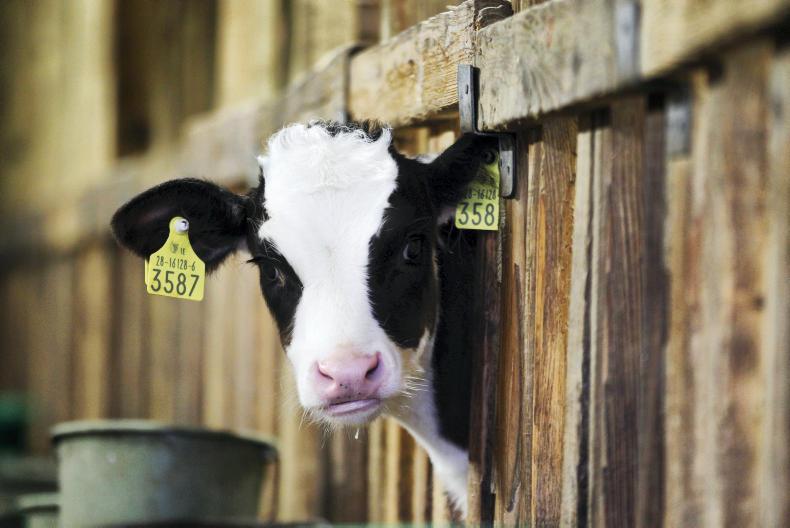
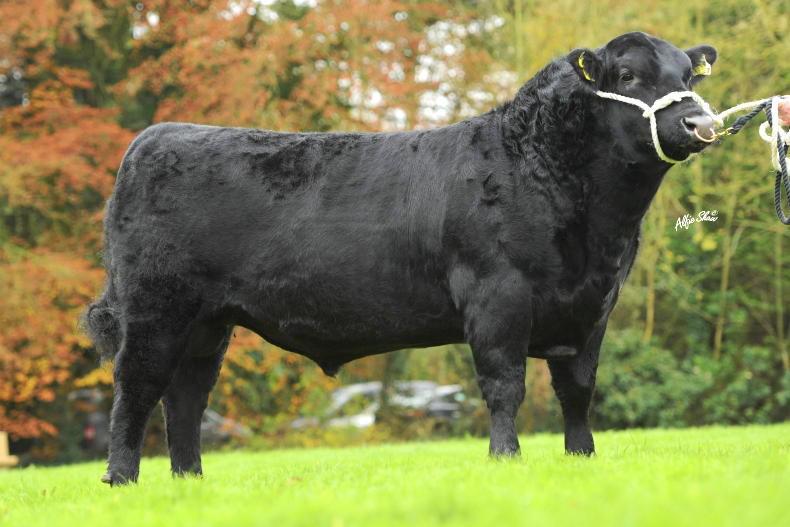
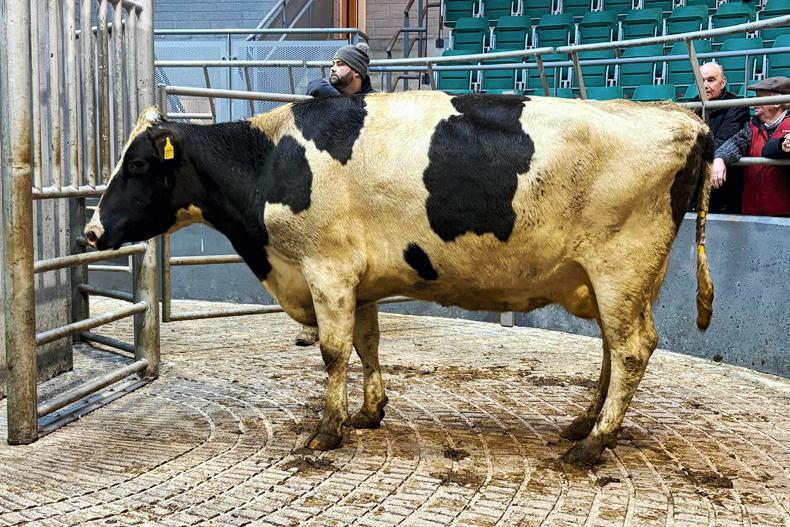
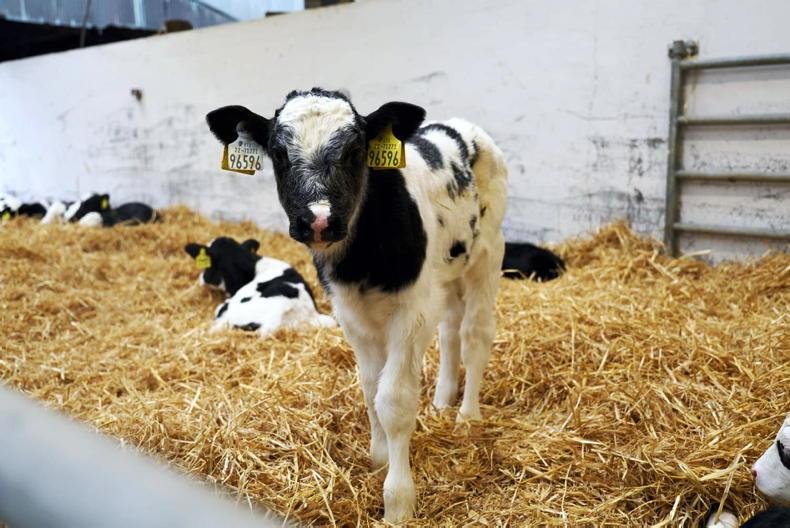

SHARING OPTIONS